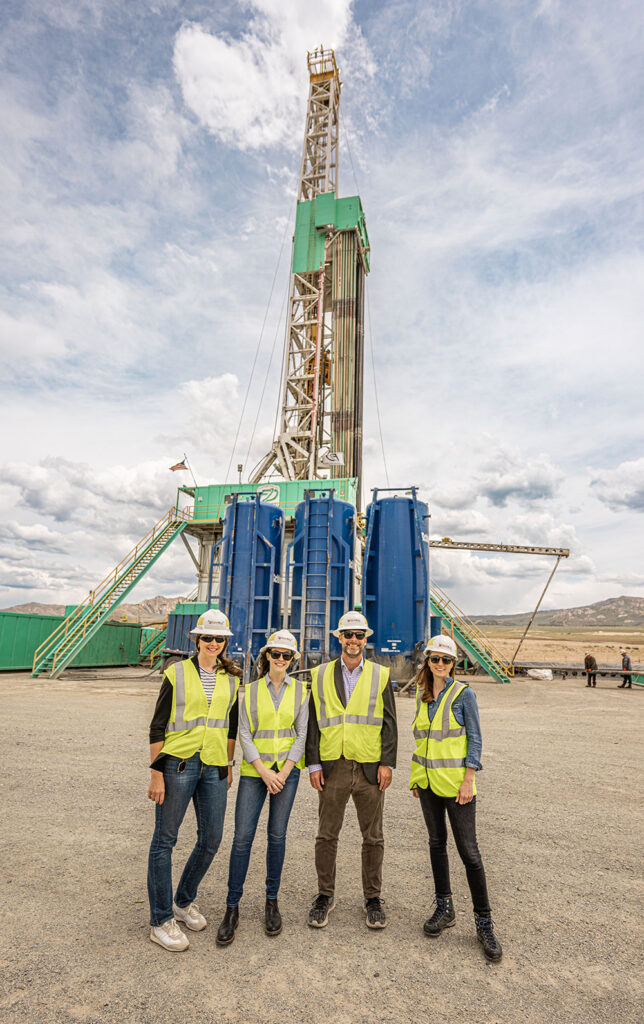
On May 24 and 25, the Utah Frontier Observatory for Research in Geothermal Energy (FORGE) team hosted Alejandro Moreno, acting assistant secretary for the U.S. Department of Energy’s (DOE) Office of Energy Efficiency and Renewable Energy, for a two-day visit to the University of Utah and the Utah FORGE site, during which he learned about geothermal energy and the ongoing research in Beaver County. Utah FORGE is a geothermal laboratory located northeast of Milford. The $218M project was awarded to the U’s Energy & Geosciences Institute after a three-year, five-way competition, and is the university’s largest-ever research grant.
The assistant secretary began his visit to the U’s beautiful campus with a first stop at the Warnock Engineering Building (WEB), where Dr. Joseph Moore, the principal investigator of Utah FORGE, presented an overview of the project and answered questions from the Assistant secretary and others in attendance. Assistant Secretary Moreno was eager to learn more about the potential offered by the research in Enhanced Geothermal Systems (EGS), the progress achieved thus far, and its role in advancing the nation’s renewable energy goals.
Following Dr. Moore, Professor Mary Burbank of the U’s College of Education provided an update on her team’s collaboration with Utah FORGE to provide standards-based resources to science teachers across the state. A final presentation by Dr. Sara Yeo of the U’s Department of Communication and Dr. Meaghan McKasy of Utah Valley University highlighted surveys they are conducting gauging general understanding about geothermal energy and EGS, as part of their ongoing research on science communication.
From WEB, it was a quick walk to the Frederick A. Sutton Building, home to the University of Utah Seismograph Stations (UUSS). Dr. Kristine Pankow, associate director of UUSS, and several of her students provided an overview of the seismic monitoring of the Utah FORGE site and insights into the research stemming from collected data.
The day ended with a tour of the Carolyn and Kem Gardner Commons and its famous geothermal heat pump room, led by John Palo, the facility manager. The assistant secretary was particularly interested in learning that the building is entirely heated and cooled with geothermal resources obtained from some 150 geothermal wells located under a nearby soccer field, saving the university over $60,000 annually in energy costs.
See more photos of the tour and continue reading Christopher Katis’ story, @THEU.